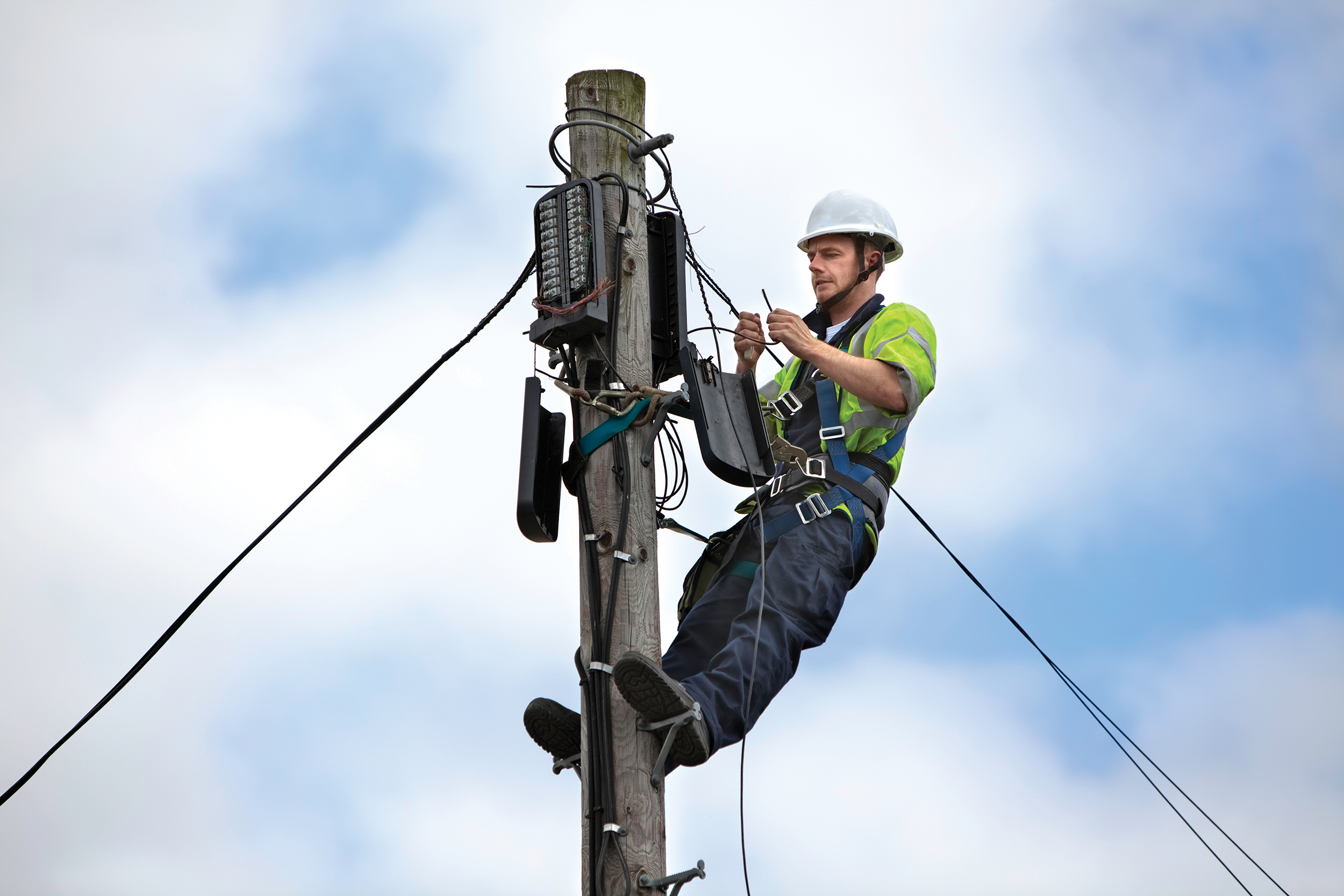‘Rip and Replace’ Shortfall Could Be Dire for Rural Broadband, Telecom Group Says
Competitive Carriers Association says there isn’t enough funding to replace suspect tech as deadline looms

Ready or not, the Federal Communications Commission’s program to “rip and replace” suspect network technology is coming. And one trade association representing smaller carriers says there isn’t enough funding to do the job, and that means there could be ripping without replacing that puts some areas of the U.S. in danger of going dark.
July 17 is the date by which carriers participating in the congressionally mandated Secure and Trusted Communications Networks Reimbursement Program must submit their reimbursement requests — and they then have a year to finish the job — the Competitive Carriers Association pointed out Monday.
That job is to remove suspect network technology the U.S. government has deemed a potential threat to national security and replace it with tech that passes muster.
The problem is the demand has far outstripped the funding Congress set aside for reimbursement, so the FCC will only be able to pay 40 cents on the dollar until and unless Congress approves more funding.
“Today marks a dark deadline for carriers participating in the [FCC’s] Secure and Trusted Communications Networks Reimbursement Program to submit ‘rip-and-replace' reimbursement claims," CCA president Tim Donovan said. “Because Congress has not yet fully funded the Program, carriers are forced to undertake the endeavor of removing untrusted equipment with 40% of otherwise approved cost estimates to completely remove, replace and destroy this untrusted equipment. Absent full funding, networks in many rural and sensitive parts of our country are at ever-increasing risk of breaking down and going dark. Because of the funding shortfall, impacted carriers must make decisions to 'rip' but not 'replace,' including in areas where no other carrier provides service. This dire situation ignores our country’s national security and the connectivity of millions of Americans.”
Congress directed the FCC to reimburse carriers, including cable broadband and wireless providers, for the mandate to weed out tech like that of Huawei and ZTE, and gave it $1.895 billion to hand out. Unfortunately, the funding requests were for more than $5.5 billion. The FCC did not accept all of that total, but came close, saying it needed $4.98 billion to do the job.
The bipartisan leadership of the relevant FCC oversight committee signaled that they were pushing for a floor vote for a funding bill that passed unanimously out of committee.
The smarter way to stay on top of the multichannel video marketplace. Sign up below.
Weighing in with a joint statement were House Energy and Commerce Committee Chair Cathy McMorris Rodgers (R-Wash.); ranking member Frank Pallone, Jr. (D-N.J.); Communications Subcommittee Chair Bob Latta (R-Ohio); and ranking member Doris Matsui (D-Calif.).
“We are extremely disappointed that the FCC’S rip and replace program has still not been fully funded by Congress," the said. "The longer Congress waits to address the funding shortfall in this program, the more we jeopardize America’s national security by leaving our networks vulnerable to espionage by adversaries like China."
They pointed out that in May, the Energy and Commerce Committee passed the Spectrum Auction Reauthorization Act of 2023, which among other things provides that additional $3.08 billion for rip and replace. They also said they were working to get that floor vote ASAP.
It’s critical that we find a path forward as soon as possible to finish securing our networks and strengthening our national defense," they said.
The FCC in July 2021 voted to extend the reimbursement program to larger players. The proposed cap on reimbursing providers of advanced telecom services for the reasonable costs for removing, replacing and disposing of equipment had been those with two million customers. Now, the cap is 10 million.
The rip-and-replace money is going to four categories of recipients, prioritized as follows:
- Applicants with fewer than 2 million customers;
- “Accredited public or private non-commercial educational institutions providing their own facilities-based educational broadband services;”
- “Health care providers and libraries;” and
- Everyone else.
The FCC said that all the money it currently has will not even cover the eligible applicants in group one, which will only get 39.5 cents on the dollar.
It will take more money from Congress to cover the other 60.5 cents on the dollar and the health care providers and libraries.
Contributing editor John Eggerton has been an editor and/or writer on media regulation, legislation and policy for over four decades, including covering the FCC, FTC, Congress, the major media trade associations, and the federal courts. In addition to Multichannel News and Broadcasting + Cable, his work has appeared in Radio World, TV Technology, TV Fax, This Week in Consumer Electronics, Variety and the Encyclopedia Britannica.

